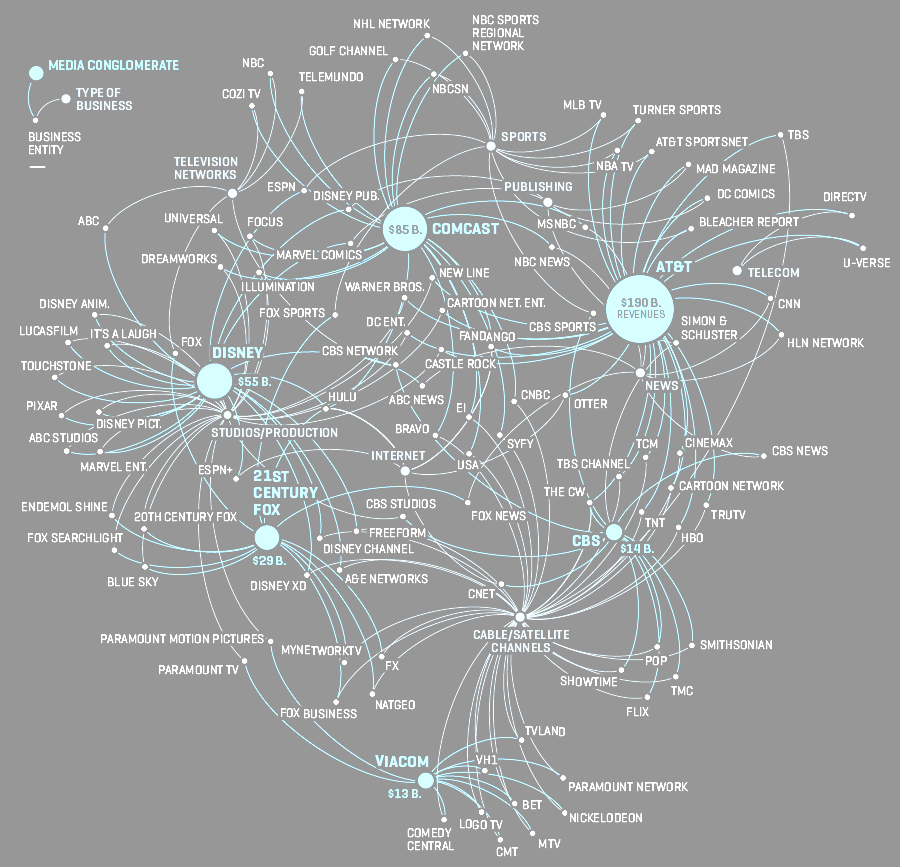Adapted from Professor Mary Goldschmidt ‘s handout
Examine each of your marginal notes and identify what function it is performing.
Does it identify:
- the main argument/thesis
- a new point
- an example
- evidence being used to support a point or sub-point
- why the passage is important
- a contradiction
Does it comment on (praise/criticize/question, agree/disagree with, or otherwise evaluate):
- the author’s idea(s)
- the author’s logic, examples, evidence
- the author’s analysis
- the author’s assumptions
- the author’s methodology
Does it:
- offer an alternative explanation
- offer additional or contradictory evidence
- pose new questions
- react emotionally to the author’s style, tone, or substance?
- make a connection with your extra-textual knowledge (or experience)
Does it in some way comment on or address:
- how the author attends to, or fails to attend to, readers’ needs (for data, for acknowledgement of differing perspectives, etc.)
- the effectiveness of how the author responds to other scholars in the field
- the scope of the author’s knowledge of the debate that he/she has entered
- the author’s mastery of relevant scholarship
- how the author establishes or undermines his/her own credibility
- the author’s implied political stance and/or ideological grounding
